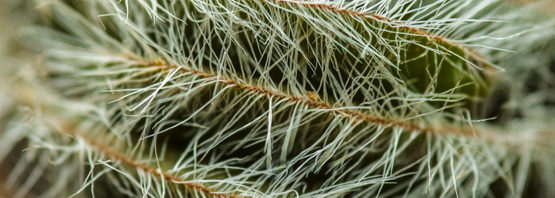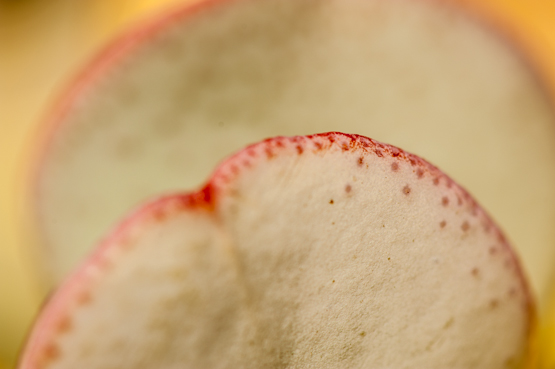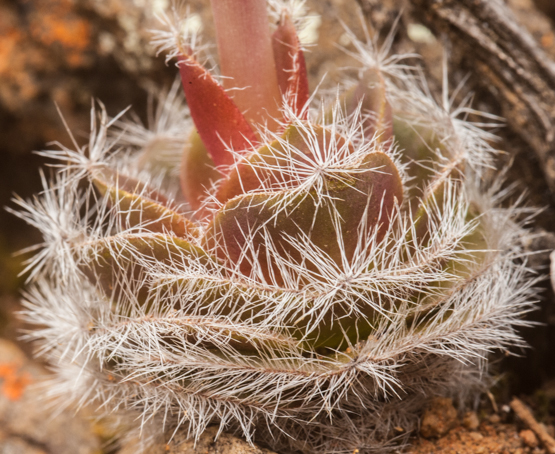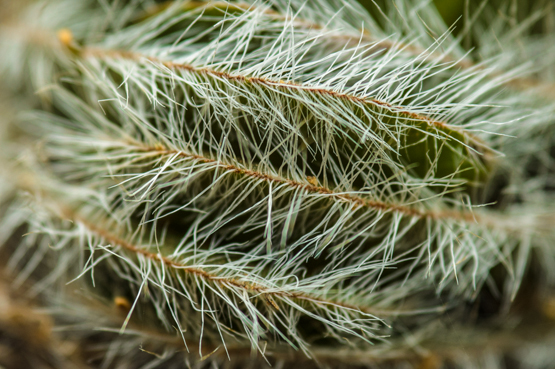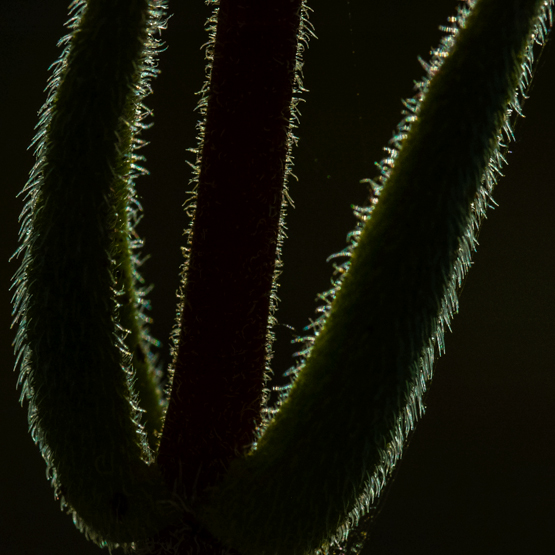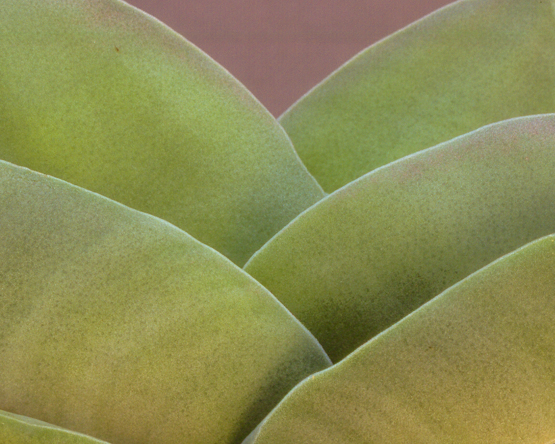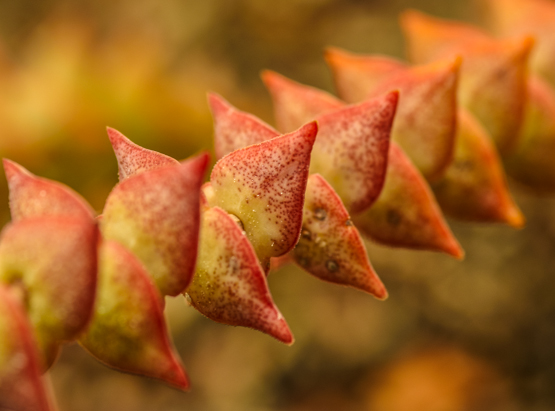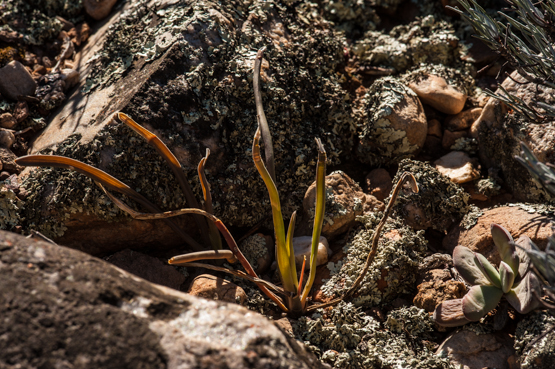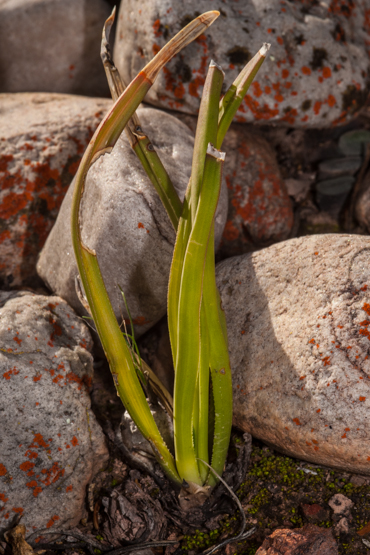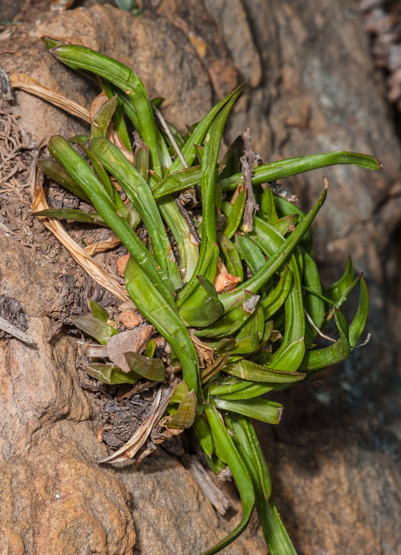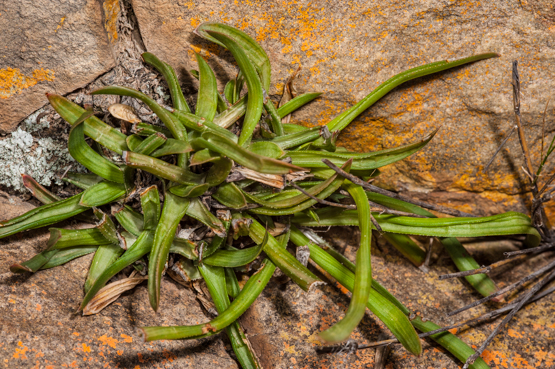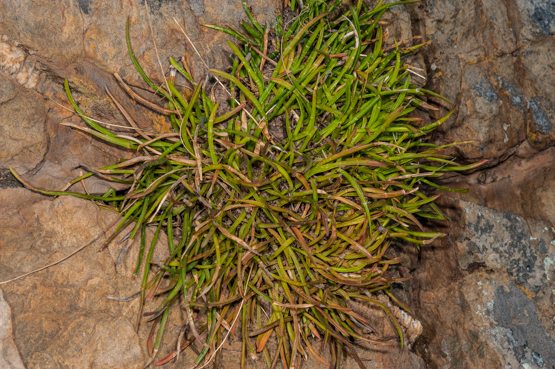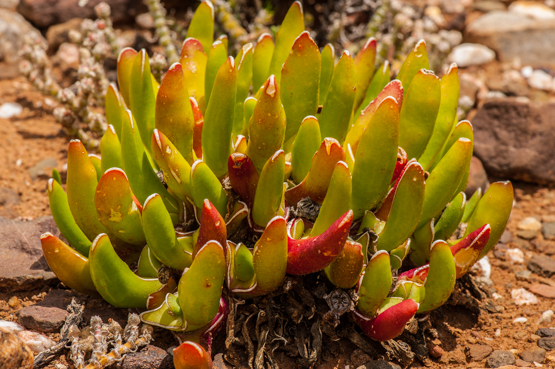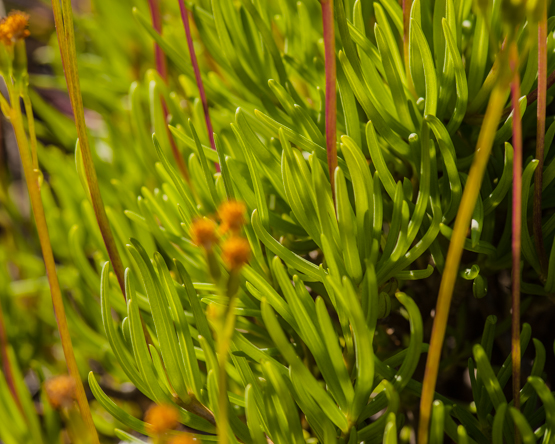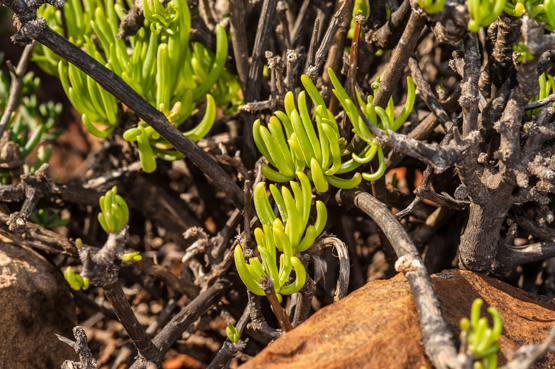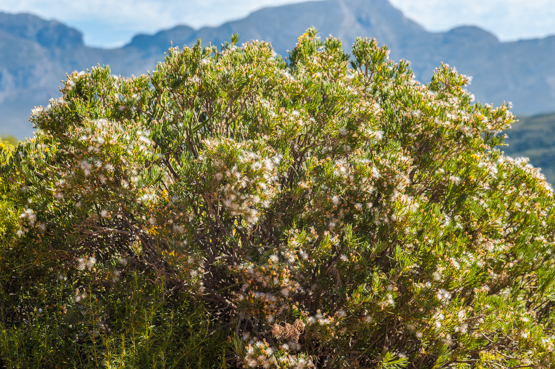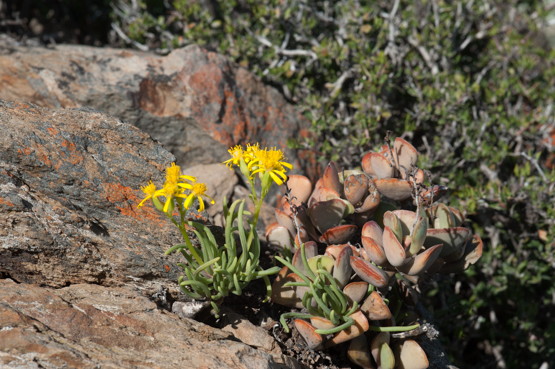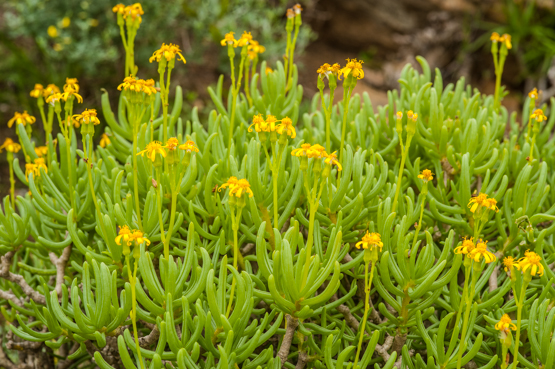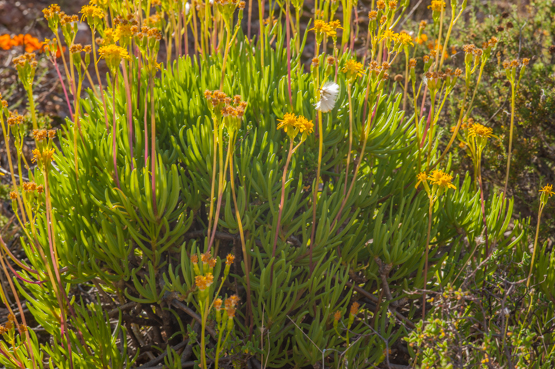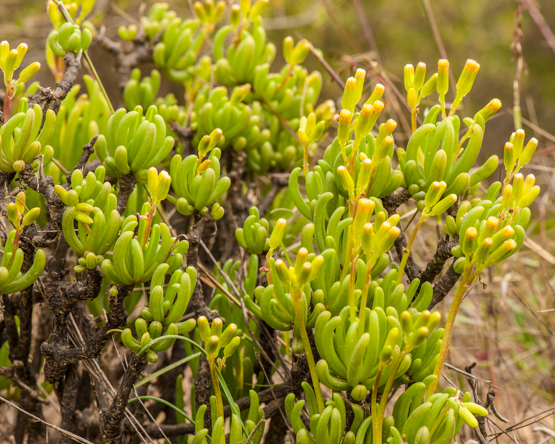Just for a change: just pictures and names. Hopefully a measure of inspiration will compensate for the lack of information.
Let’s start with some Crassula’s.
1 C. arborescens ssp. arborescens
2,3 C. barbata ssp. barbata
4 C. mesembryanthoides ssp. mesembryanthoides
5 C. nudicaulis v. platyphylla
6 C. perfoliata var. minor
7,8 C. perforata
Tag: South African succulents
Haworthia blackburniae var. blackburniae
If you are after sheer visual beauty, this species will not be high on your list. Nevertheless it is of great interest, because no other Haworthia looks quite like it. With their long narrow leaves (sometimes over 30 cm long) the plants could often easily be taken for clumps of grass.
They are found from the Calitzdorp area westward to Anysberg, usually on shaded -and therefore relatively cool and damp- southern slopes. In more open, drier and hotter spots, the plants stay much smaller, as you can see in the first three pictures.
Glottiphyllum peersii
It is often not easy to identify Glottiphyllum species, but this one is an exception. The very unequal pairs of leaves with their white margins make it very distinctive.
It also differs from most other members of the genus by not occurring in the Little Karoo, but in the Prince Albert-Willowmore area.
Senecio cotyledonis (2)
Senecio cotyledonis (1)
When the Swiss botanist Augustin de Candolle described this species in 1838, he apparently saw a likeness to a Cotyledon. But when I ran through the mental pictures of Cotyledons that I know, I wondered what resemblance he could have had in mind. So, some detective work was called for.
Did de Candolle compare his new species to a plant that at that moment was incorporated in Cotyledon, but now belongs in another genus? That is certainly a possibility, as no less than 471 plant names have been associated with the genus at some stage.
On the other hand, looking through “Cotyledon and Tylecodon” by Van Jaarsveld and Koutnik, it struck me that some narrow-leaved forms of C. orbiculata could well have been the inspiration for de Candolle’s name. Let’s not forget that he probably knew many plants from descriptions or at best from black and white drawings, rather than from live material. In the book I just mentioned, there are a few reproduction of old illustrations. One dates back to 1701 and represents Cotyledon africana frutescens, folio longo & angusto…. ( the shrubby Cotyledon from Africa, with long, narrow leaves), which is now known as C. orbiculata var. spuria. This picture may well have spurred (pun intended) the author to use his epithet.
Well, enough of historical speculation, let’s move to present-day reality.
S. cotyledonis is a shrub of up to 1 m tall, with thickish stems and succulent triangular to almost round leaves up to 5 cm long and about 3 mm wide. The leaves give off an unpleasant smell when damaged, which is why it is called stinkbos in Afrikaans.
The plants flower in spring. They are widespread from Namibia to the eastern part of the Little Karoo. Usually they are found on dry stony slopes, but sometimes they are abundant in clayey soils.
To be continued.
Monsonia (Sarcocaulon) crassicaulis, part 3
The flowers are white to pale yellow and to 5.5 cm in diameter. They look as if made from crepe paper, thereby creating a striking contrast with the starkness of the spiny stems.
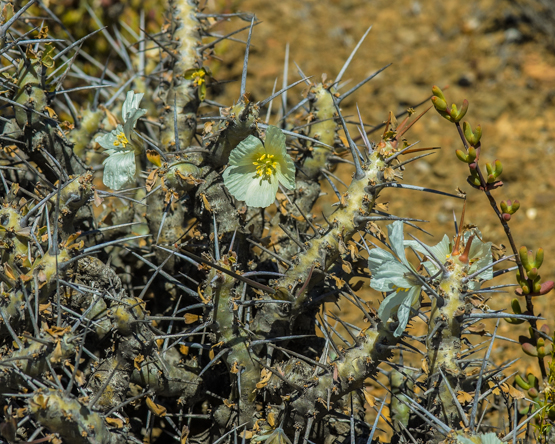
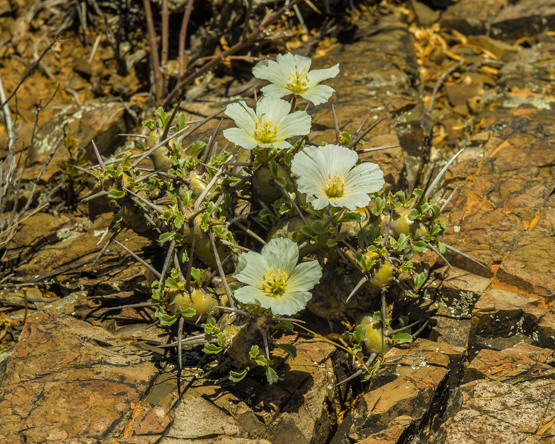
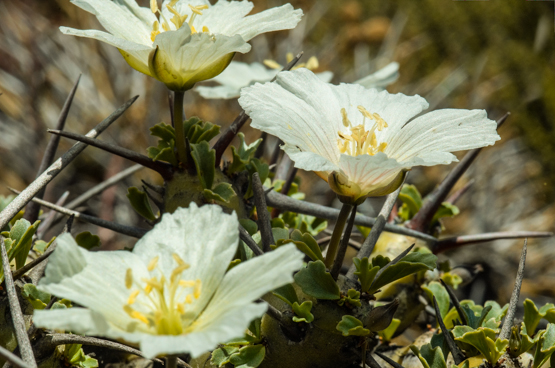
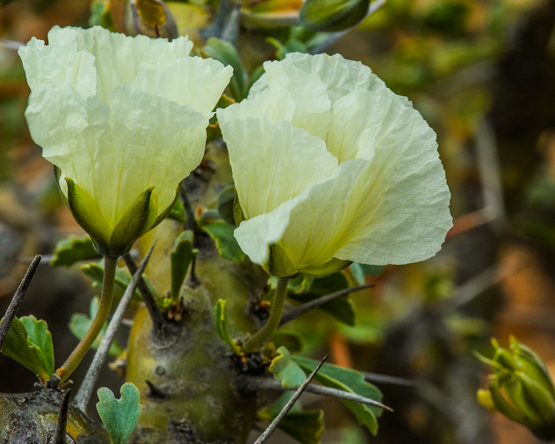
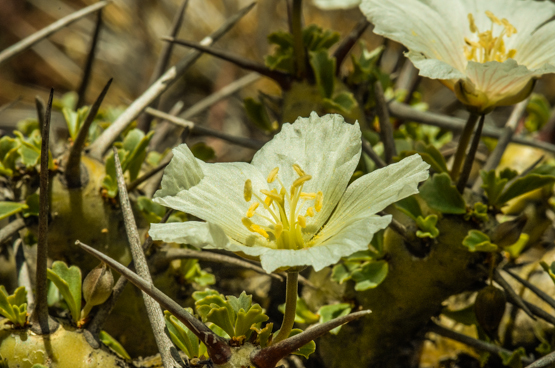
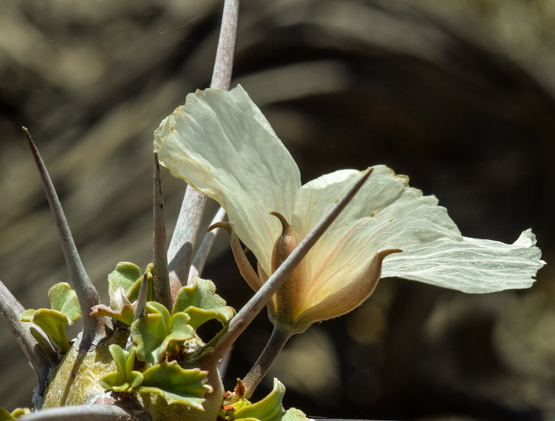
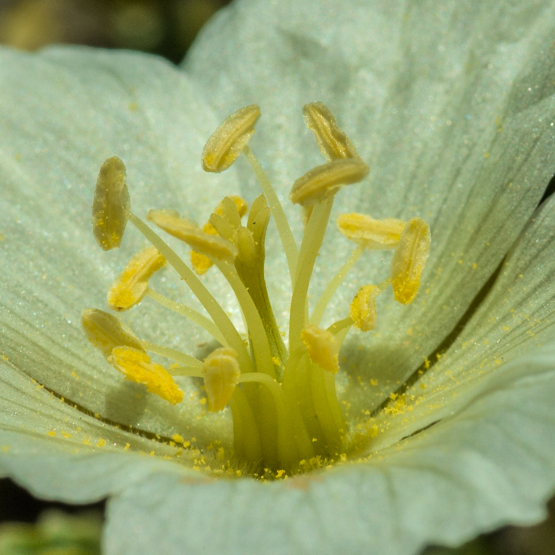
Monsonia (Sarcocaulon) crassicaulis, part 2
The plants form shrubs up to 75 cm tall and seem to prefer stony plains and low ridges. Their thick stems (up to 2 cm thick) have a hard skin containing large quantities of resin and wax. This impervious layer is an excellent way of preventing desiccation.
It also means that the stems can be easily ignited to act as a candle or start a fire.
When you have a good look at the first three pictures, you will notice that the spines start out as leaf stalks, which after a while shed the leaf blades and become hard and rigid.
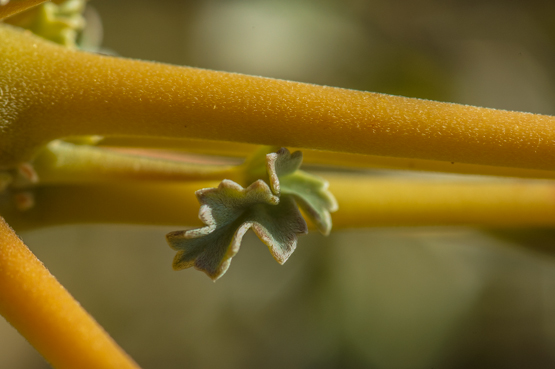
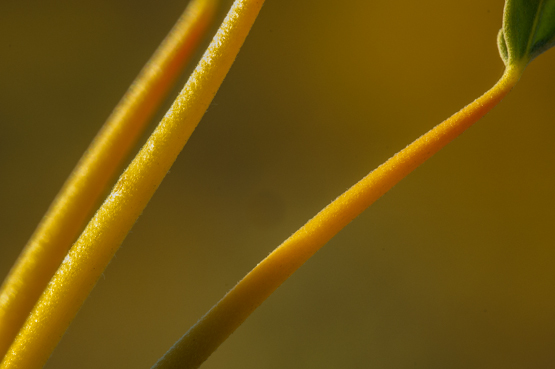
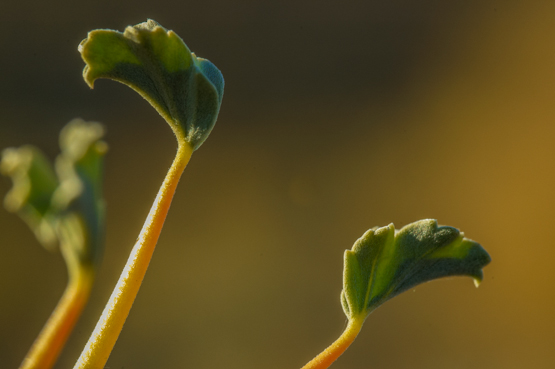
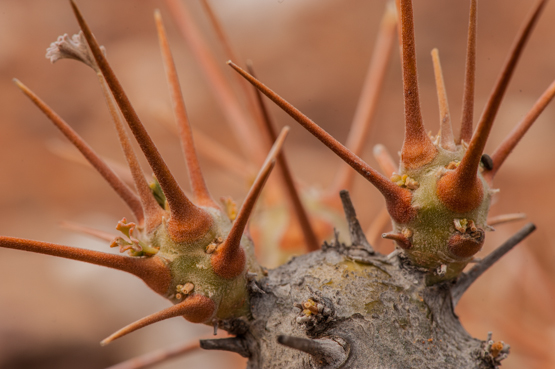
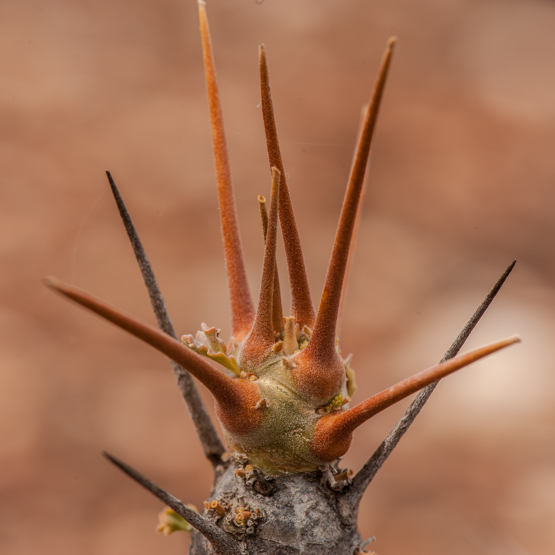
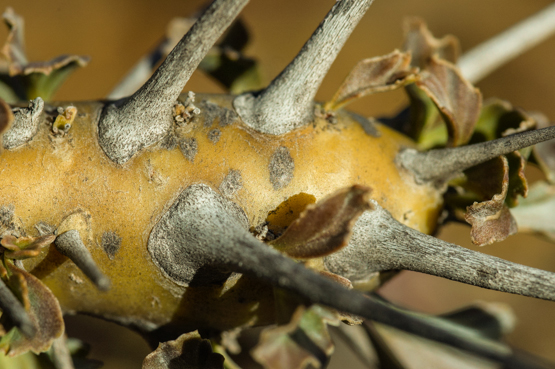
To be continued.
Monsonia (Sarcocaulon) crassicaulis, part 1
Together with M. salmoniflora this is the most common succulent Monsonia. The plants are widely distributed in the southwestern part of Namibia and the winter rainfall area of South Africa. They grow here mainly in winter from May to July and flower mostly from August to early November. The species also occurs in the summer rainfall regions of Bushmanland and the Great Karoo, where they are dormant from May to August and grow in spring and autumn. Not surprisingly one can also find them in the transitional zones between the summer and winter rainfall areas.
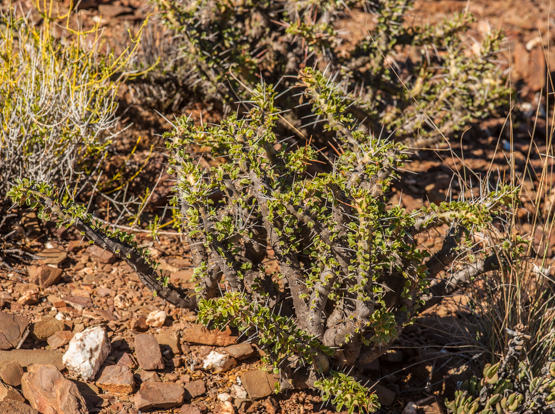
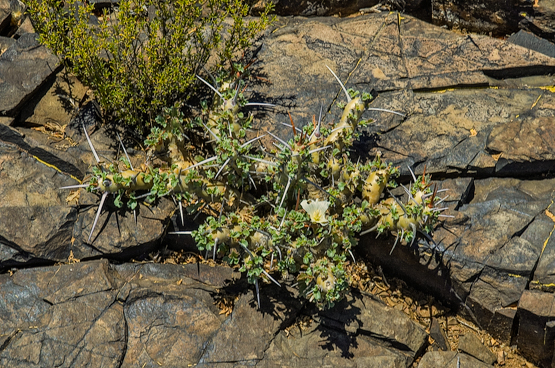
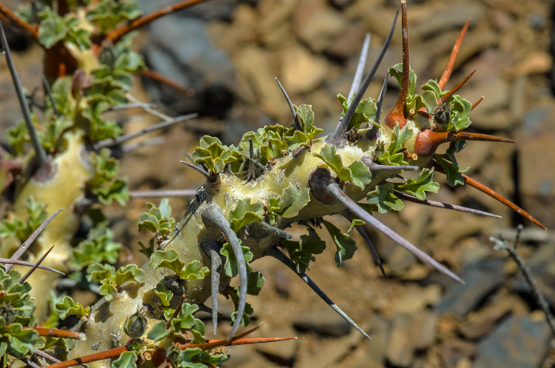
To be continued.
Mesembryanthemum (Phyllobolus) resurgens 2
The fact that this species is a deciduous geophyte is reflected in the name, as one of the meanings of the word resurgens is: “Rising again, as from the dead”.
The plants are only up to 3 cm tall, with a thick caudex covered in cork, short stems and
leaves with large bladder cells.
In June-September they produce greenish yellow to pale salmon, distinctly scented flowers about 4 cm in diameter.
If you want to see the plants in nature, you have to go to the Northern or Western Cape Province, where they are widespread in the winter rainfall area from Namaqualand to Ceres and Laingsburg.
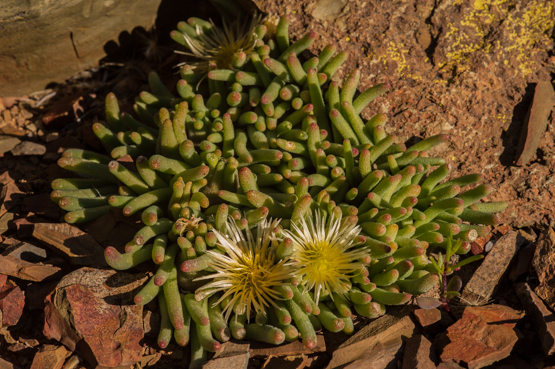
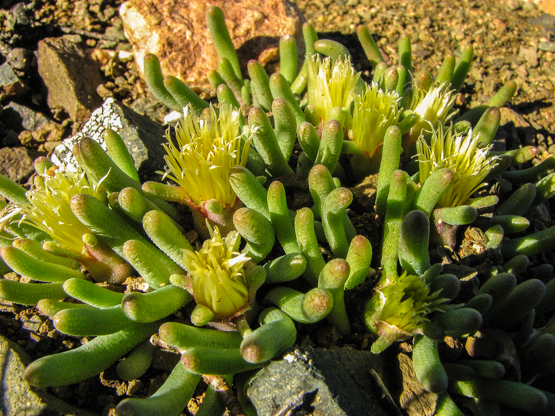
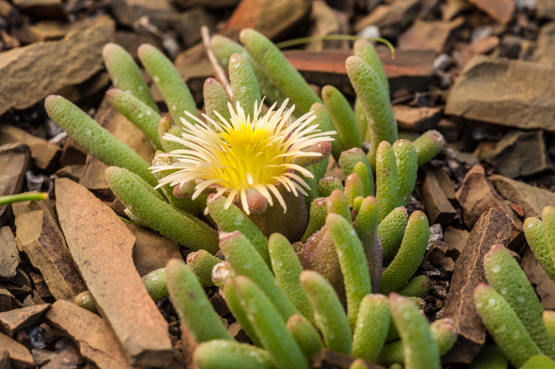
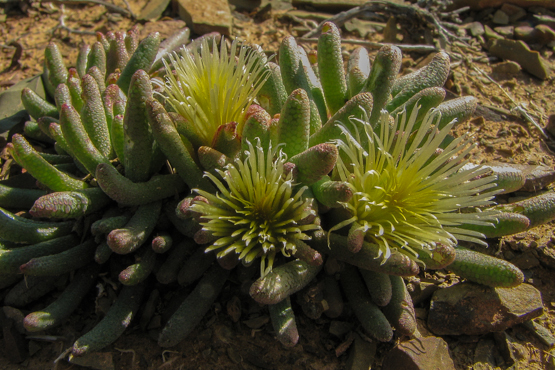
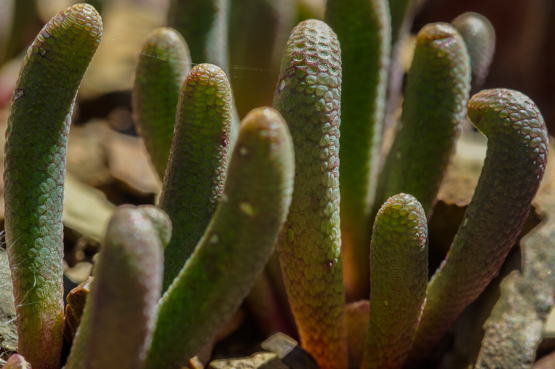
Mesembryanthemum (Phyllobolus) resurgens 1
I first saw plants of this species in autumn (May 2006) and had no idea what they were. Some peculiar Mesem maybe? The first picture gives you an idea of what they looked like.
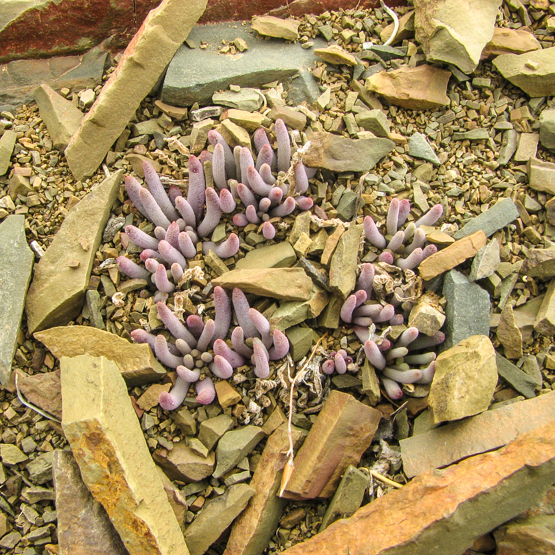
It took me about half a year to return to the spot (a few km northwest of Matjiesfontein) to try and make some good pictures, but when I came there, the plants had disappeared. There were no signs of digging by man or beast and I was sure it was the right spot. So what had happened? After a while it started to dawn upon me that the only thing that was wrong was the time. Because summer was approaching, the plants had done their annual disappearing act and I would have to wait till autumn to see them again.
In March of the following year I found out that the species was rather common in the area and also that they sometimes were much more visible (see pictures below).
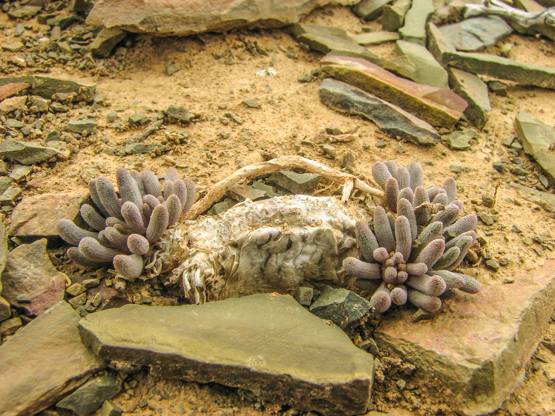
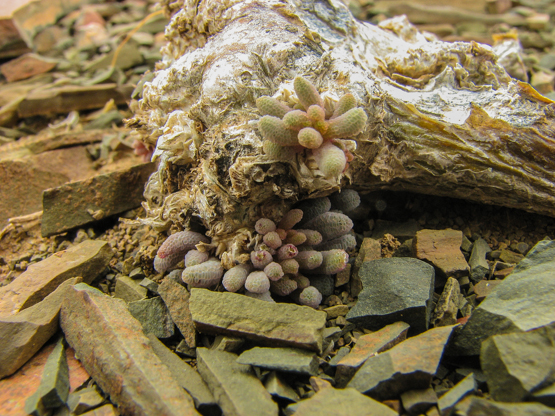
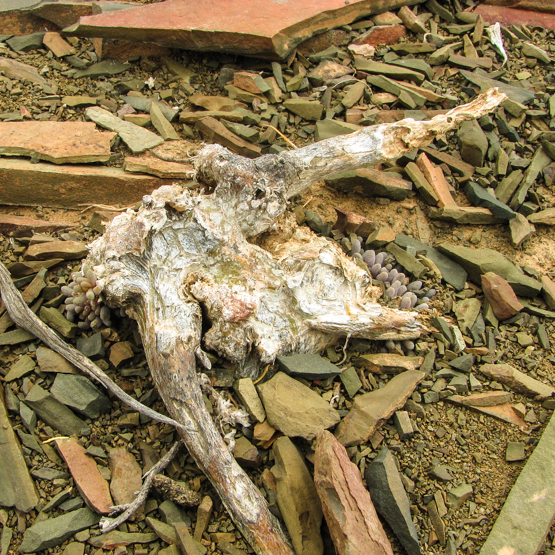
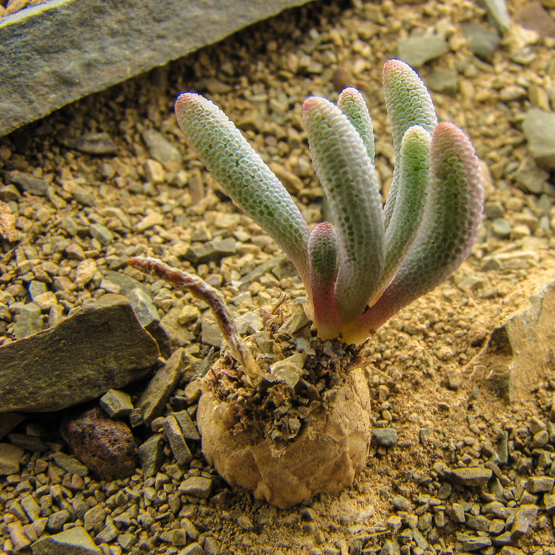
To be continued.
